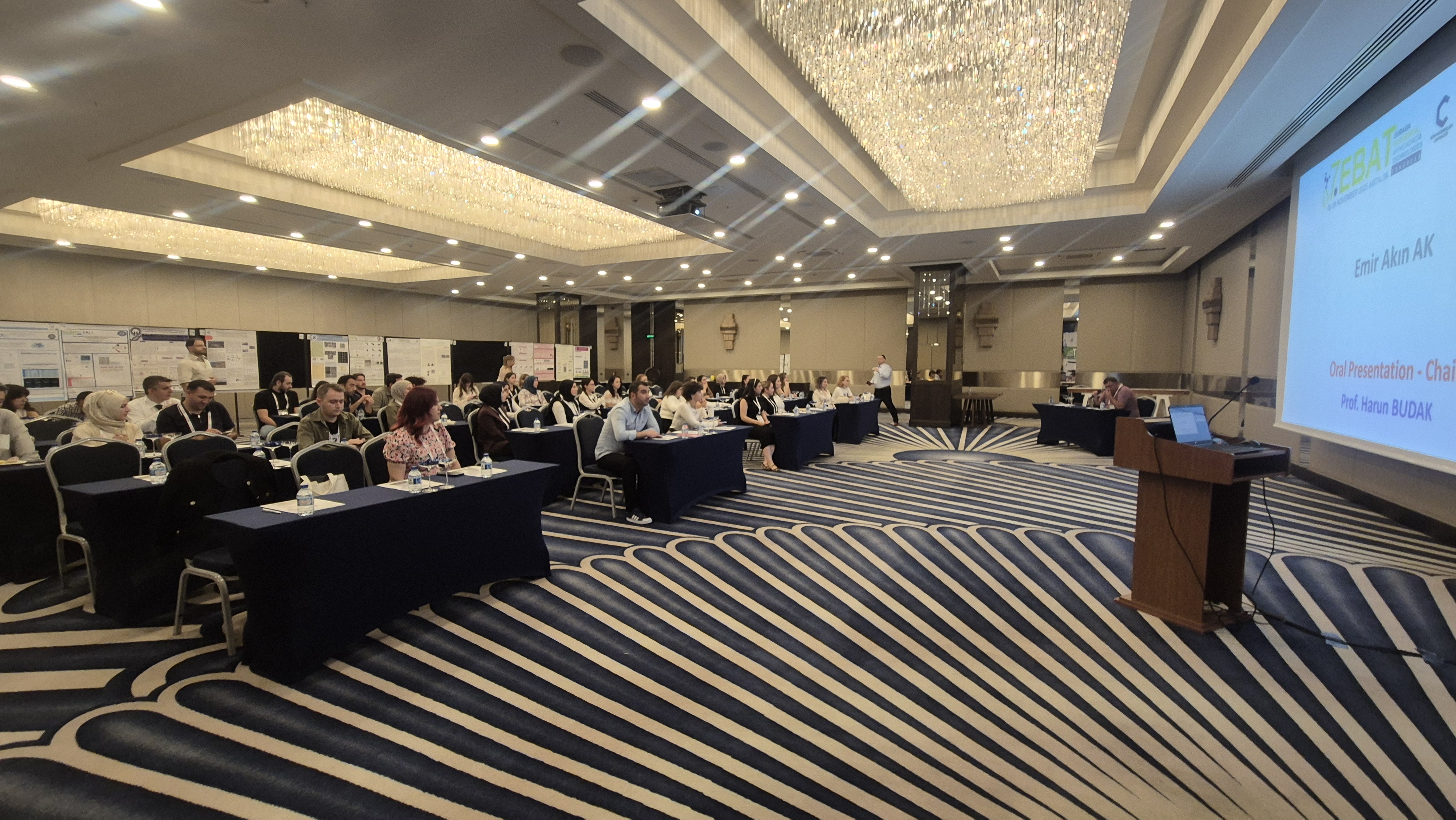
Prof. Mamas PRODROMIDIS
University of Ioannina
Prof. Mamas (Mamantos) Prodromidis obtained his B.Sc and Ph.D degrees in Chemistry at the University of Ioannina. He is a full professor of Analytical Chemistry in the Department of Chemistry of the University of Ioannina since May 2017. His research interest focused on the development of electrochemical sensors and biosensors, the production of nanoparticles with spark discharge, the development of low-cost analytical devices for point-of-care analysis, bipolar electrochemistry, the development of nanostructured electro catalysts, and the design & fabrication of screen-printing electrodes and electrochemical cells. He has published more than 110 articles (>3000 citations, h-index 32) in peer-reviewed journals (mean I.F>5.6), five review articles, three book chapters and he also holds one patent. He is the author of the textbook “Electrochemical Sensors and Biosensors” (In Greek, 241 pages, Kostarakis, Athens, 2014). He has supervised 15 MSc. and 4 Ph.D students while 3 MSc. and 4 Ph.D theses are in progress. Prof. Prodromidis has been visiting researcher/professor in several Universities in Italy, UK, Germany, Spain and Miami. He has been attended more than 30 national, European, and international conferences and he has delivered 29 oral presentations, 19 of them after invitation.
Since 2015 he has been the coordinator of the Euraxess point in the region of Epirus, and he has elected as head of the Section of Inorganic and Analytical Chemistry for the period December 2017-August 2019.
Generation of Nanomaterials via Spark Discharge: A Rapid, Environmentally Friendly, and Versatile Method for In-Situ Modification of Electrochemical (bio)sensing devices
Mamas I. Prodromidis
Department of Chemistry, University of Ioannina, Ioannina 45110, Greece
*mprodrom@uoi.gr
Spark discharge is emerging as one of the most promising physical methods for producing various types of nanomaterials, including metals, semiconductors, alloys, or carbon. This process occurs without the need for liquids, chemicals, or templates. It relies on the application of an electric field capable of generating an electric discharge when two conductors, connected to an external power supply, are brought close together. In the context of electrochemical (bio)sensing applications, one of the conductors is the sensing (working) electrode, while the other acts as the source of modifying material, such as a metal, alloy, or carbon (referred to as the electrode tip).
During the dielectric breakdown process, free electrons and ions are produced from ionized molecules of air constituents. These particles then bombard the sparked electrodes. The heat generated by the flow of electricity leads to the formation of air plasma and vaporized particles from each electrode material at the closest points between the conductors. After a natural cooling process, the vaporized material solidifies and deposits onto the surface of the electrodes.
This technique offers a straightforward method for generating template-free (nano)materials of high purity. It allows for the in-situ modification of sensing electrodes, resulting in sensors with enhanced detection capabilities and a wide range of applications. Sparked (single or mixed) metal or graphite nanomaterial-modified electrodes can be prepared on demand, even on-site, within seconds, using a completely green and solution-free method that only requires the respective metal/alloy/carbon wire and a power supply. Data on the generation of bismuth, copper, nickel, and alloyed copper/nickel, tin, gold, iron, molybdenum, carbon, and cobalt sparked nanomaterials on screen-printed, 3D-printed and laser scribed electrodes as well as the analytical utility of the resulting sensors will be presented1-10.
References:
1) D. Riman, D. Jirovsky; J. Hrbac; M.I. Prodromidis, Electrochem. Commun. 2015, 50, 20.
2) D. Riman; A. Avgeropoulos; J. Hrbac; M.I. Prodromidis, Electrochim. Acta 2015, 165, 410.
3) M. Trachioti; J. Hrbac; M.I. Prodromidis, Sens. Actuators B 2018, 260, 1076.
4) M. Trachioti; A. Karantzalis; J. Hrbac; M.I. Prodromidis, Sens. Actuators B 2019, 281, 273.
5) F. Tseliou; P. Pappas; K. Spyrou; J. Hrbac; M.I. Prodromidis, Biosens. Bioelectron. 2019, 132, 136.
6) P-A. Kolozof; A.B. Florou; K. Spyrou; J. Hrbac; M.I. Prodromidis, Sens. Actuators B 2020, 127268.
7) M. Trachioti; D. Hemzal; J. Hrbac; M.I. Prodromidis, Sens. Actuators B 310 2020, 127871.
8) J.F. Rodríguez; M.Trachioti; J. Hrbac; D. Rojas; A. Escarpa; M.I. Prodromidis, Anal. Chem. 2024, 96 10127
9) M. Mertiri; J. Hrbac; M. Prodromidis; A. Economou; Ch. Kokkinos, Applied Materials Today 2024, 39, 102289
10) S. Shetty; L. Rizalputri; M. Trachioti; …V. Mani; M.I. Prodromidis; K. Salama, Surfaces and Interfaces, 2024, 55 105362


